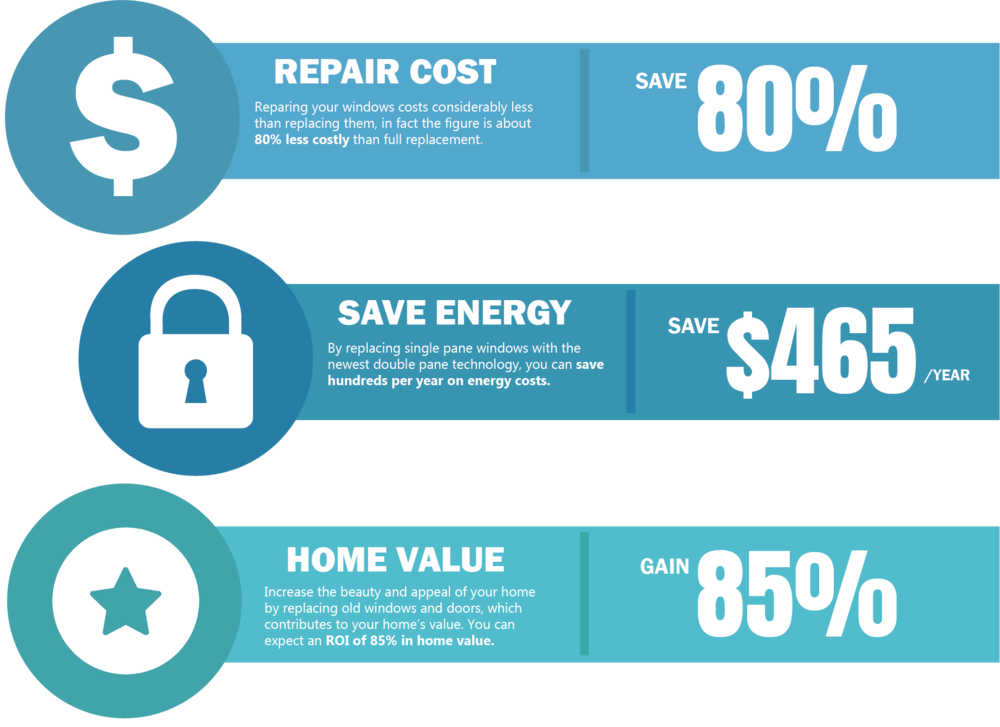The Most Reliable Pressure Washing Methods For Different Surface Areas
The Most Reliable Pressure Washing Methods For Different Surface Areas
Blog Article
Content Writer-Coley Hodges
When it concerns pressure washing, the strategy you choose can make all the difference in achieving a clean, streak-free coating. You could discover that tough surface areas, like concrete, need a different technique than softer materials, such as wood or vinyl. It's important to adapt your methods to the surface area kind to avoid damage while taking full advantage of cleansing effectiveness. So, what are the best techniques for each surface area, and how can you ensure you're utilizing the right settings and devices for the work? Let's explore what you require to know to obtain the best outcomes.
Hard Surfaces
When it comes to pressure washing hard surfaces, preparation is key. Before you even think about taking out the pressure washing machine, take the time to clear the area of any kind of particles, furniture, or barriers. You don't want anything entering your method or possibly damaging your tools.
Next off, inspect the surface for any cracks or damage; this will assist you figure out the right method and stress settings.
When you have actually prepared the location, it's essential to choose the best nozzle. For hard surface areas like concrete or brick, a slim nozzle (15 or 25 levels) functions best to offer a concentrated stream of water that can properly remove gunk and discolorations. Constantly begin at a distance and progressively relocate more detailed to prevent any kind of surface damages.
As you begin washing, keep the stick relocating to protect against touches and over-saturation. It's likewise valuable to function from the top down, permitting dirt and debris to get rid of normally.
Lastly, remember to rinse the surface thoroughly after cleansing to remove any kind of leftover detergent. With these techniques, you'll achieve a clean and refreshed look on all your tough surface areas.
Soft Surfaces
Stress cleaning soft surface areas needs a gentler strategy to safeguard them from damages. Whether you're cleansing your deck, patio furniture, or exterior siding, using way too much pressure can lead to dents, scrapes, and even irreparable damage.
Beginning by choosing a low-pressure nozzle, ideally a 25-degree or broader spray pattern, to distribute the water extra gently.
Before you start, it's critical to pre-treat any type of stains with a suitable cleansing option. This action enables the cleaner to permeate the dust and grime, making it easier to remove without scrubbing too hard.
Constantly apply the service from all-time low up to stop streaking.
When you begin pressure cleaning, keep a range of at the very least 12 to 18 inches from the surface area. Move your stick in a sweeping motion, maintaining it parallel to the surface to avoid concentrated pressure on one spot.
Wash the area thoroughly after cleansing to eliminate any kind of residual cleaner.
Lastly, inspect Suggested Webpage for any kind of missed out on spots and duplicate the process if necessary. By following these steps, you can effectively clean soft surfaces while maintaining their honesty and look.
Specialty Surfaces
Cleansing soft surface areas needs care, but specialized surfaces demand a lot more attention to information. When please click the following internet page deal with these surface areas, like delicate timber, stained concrete, or certain kinds of siding, using the right pressure washing methods is crucial to avoid damage.
First, evaluate the material. For instance, treated timber can typically hold up against moderate pressure, yet softer woods like cedar may call for a reduced setup. Constantly start with the most affordable pressure and slowly boost if needed.
For tarnished commercial window cleaner , use a follower spray nozzle and maintain a constant distance to stop etching the surface.
When handling surface areas like vinyl home siding or repainted surfaces, a wide spray pattern helps disperse the stress uniformly, shielding the surface.
It's additionally wise to make use of detergents especially developed for specialized surfaces. house washing can boost cleansing without jeopardizing the product.
Rinse thoroughly after cleaning to remove any residue, as it can lead to discoloration or damage with time.
Final thought
Finally, understanding stress cleaning techniques for different surface areas can make all the distinction in your cleansing outcomes. For hard surface areas, stick to slim nozzles and a top-to-bottom technique, while soft surfaces require a gentler touch with wider nozzles. Don't neglect to pre-treat discolorations and rinse completely to avoid residue. By adjusting your methods to each material, you'll not just accomplish a cleaner surface yet additionally shield the integrity of your surface areas. Happy cleansing!
